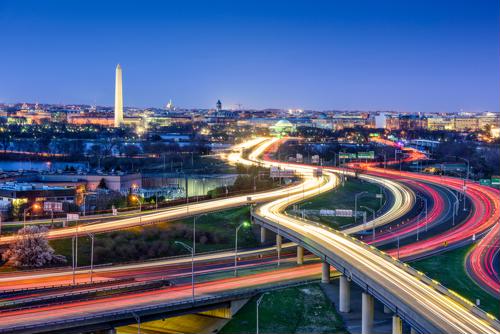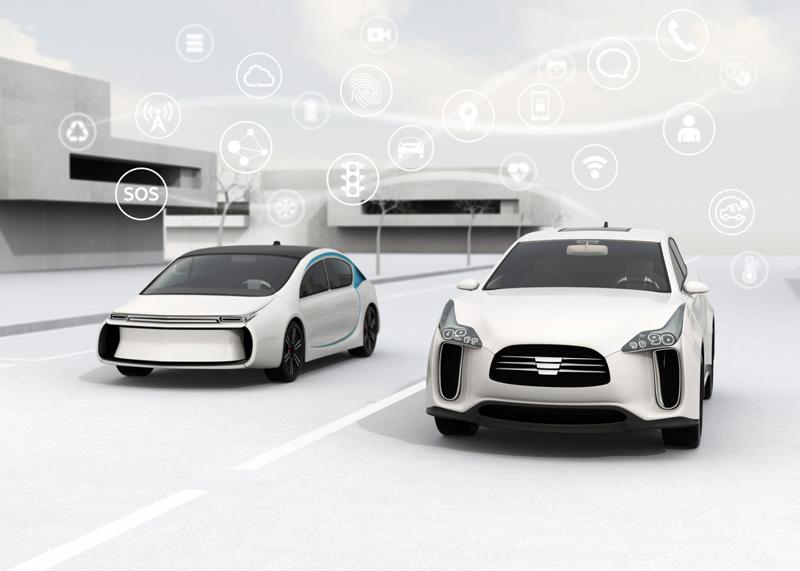
Self-driving car technology progresses
By Max BurkhalterJune 15, 2017
Self-driving automotive technology has gained considerable steam in recent years. Hundreds of hardware and software makers are now developing proprietary iterations, transforming technological fantasy into reality, according to Wired. Apple joined the fray earlier this month, the Los Angeles Times reported. This development, while unsurprising to industry insiders who had long suspected the company was already experimenting with the technology, served to further legitimize the self-driving movement. With this marketplace powerhouse and other equally influential firms on board, self-driving vehicles could enter highways and byways across the globe sooner than previously expected. When exactly?
Innovators in the space are still working to fine-tune the complicated devices and systems that make automated traveling possible. Additionally, many are adding features to align with modern expectations surrounding cockpit comfort. With these manufacturing demands in play, most experts believe self-driving cars could enter the market, in earnest, within the next four years, the MIT Technology Review reported. However, this does not mean American roads will suddenly be teeming with automated vehicles over night. Instead, the driverless movement will unfold in stages, according to Quartz.
"It will happen in very discrete baby steps," Lior Ron, co-founder of the San Francisco-based self-driving technology firm Otto, told the publication. "[It will first] happen in some friendly way to the city, with wide lanes, not many pedestrians, between 1 a.m. and 5 a.m. Then it's going to be actually [driving in] daylight. Then more difficult driving conditions."
Organizations involved in the progression of driverless technology are only just exploring the opening phases of this sequence. Even so, recent advancements point to an accelerated pace of development.

Understanding the environment
A host of companies across multiple sectors are racing to roll out the first workable self-driving vehicle. However, car manufacturers are leading the way, The New York Times reported. Big names such as General Motors, Ford, Honda and Tesla are currently collaborating with hardware and software developers to create the first generation of road-ready driverless vehicles. Technology giants like Apple, Uber and Google constitute the second tier of innovators in the space. The latter owns and operates the self-driving car company Waymo, which could be close to offering a commercial product. Parts and software providers inhabit the remainder of the driverless car industry. Technological titans Intel and Autoliv, the biggest air bag supplier in the world, are out ahead among supplies.
Most of these firms work off a common blueprint centered on a sensing methodology called light detection and ranging, or lidar. Driverless vehicles normally feature multiple lidar units - one on the cabin and others strategically placed in key locations such as the bumper. The topmost device spins at 360-degrees, emitting laser beams that scan the vehicle's surroundings and provide the base data points for the three-dimensional map the car uses to get around, The Times reported. Radar sensors on either side of the vehicle measure its relationship to immediate obstacles, while cameras installed in the lidar unit on the roof detect traffic signals and scan for pedestrians or cyclists. All of these sensors hook into a central computer located in the trunk.
However, there is one key player in the self-driving game that refuses to use lidar: Tesla. The pioneering firm is currently developing its own alternative - an entirely computer-based system that leverages advanced imaging-processing software to map external terrain. This program connects with cameras, forward radar, ultrasonic sensors and GPS to form a complete picture of road conditions. This approach does come with one quirk: drivers will most likely need to retain some control over the car to ensure maximum safety.
"Self-driving cars could enter the market, in earnest, within the next four years."
While the firms exploring self-driving technology are well on their way to commercialization, roadblocks remain, according to The Times. For instance, software developers are still searching for a way to give autonomous vehicles the power to interpret physical cues from police officers and road workers. There is also the issue of unexpected driving conditions. Can self-driving cars ensure passenger safety when turbulent weather materializes or stoplights malfunction? Engineers are still searching for solutions to these problems. Equipment costs are another concern. Solid-state lidar systems can cost tens-of-thousands of dollars, making cash a barrier to progress and widespread adoption.
On-road experimentation begins
Even as these difficulties persist, firms in the space push forward. Most are already conducting road tests. Waymo vehicles have already logged millions of miles. Uber deployed its driverless cars in Pittsburgh last September, pitting the burgeoning technology against some of the toughest roads in the country. Some have even moved past the testing stage to focus on manufacturing. In fact, the first mass produced self-driving cars have already rolled off the assembly line, USA Today reported. General Motors accomplished this feat earlier this month when it assembled 130 automated Chevrolet Bolts at a plant in Lake Orion, Michigan.
"The level of integration in these vehicles is on par with any of our production vehicles, and that is a great advantage," Mary Barra, CEO for the organization, told the publication.
Though fit to navigate the road, the Bolts will be used for testing purposes, as the car manufacturer perfects its design and assembly processes.
These developments indicate that functioning self-driving car technology could be just around the corner. As the firms navigating this new space solidify their solutions, Perle will be there every step of the way to offer the essential networking infrastructure required to design, produce and service autonomous vehicles. We currently support self-driving pioneer Tesla, which uses our media converters to secure its production sites. Connect with us today to learn more about our work in the transportation and manufacturing sectors.



